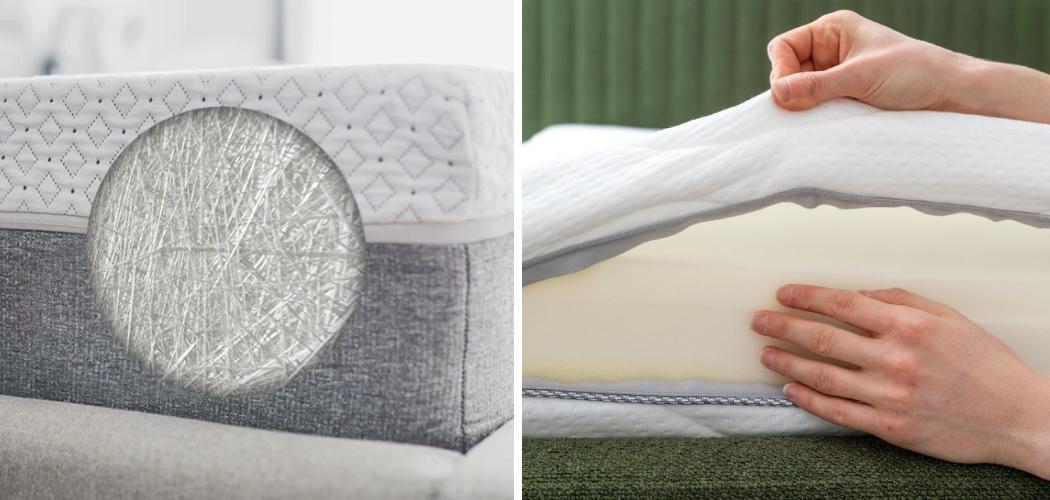Are your mattress made of fiberglass? It’s understandable to worry about what you’re sleeping on! Fortunately, there are a few ways to tell if your mattress has fiberglass.
If you’re like most people, your mattress is one of the most expensive pieces of furniture in your home. You may love snuggling up to a plush and cozy bed after a long day, but how can you tell if any toxic materials are lurking inside? Fiberglass is a common component found in many mattresses, which can be dangerous when exposed directly to human skin.
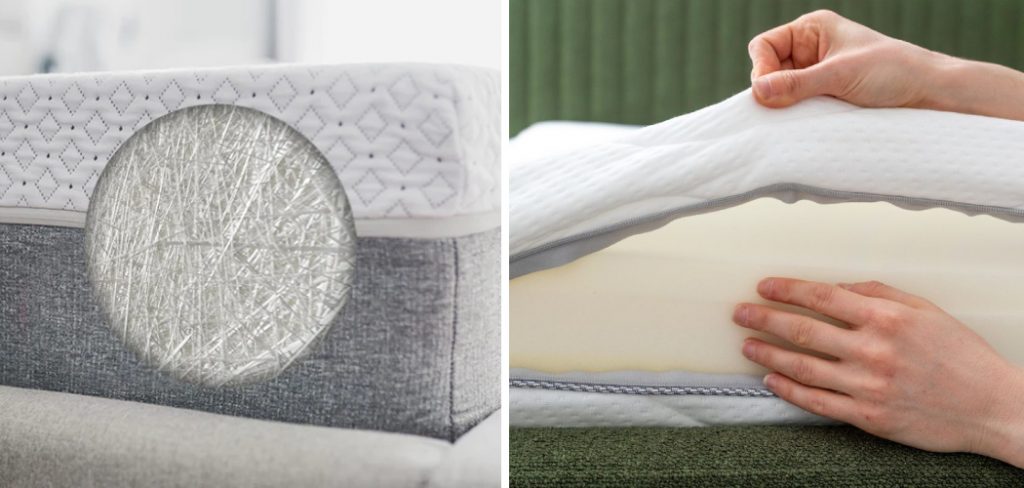
In this blog post, we’ll cover what to look for when inspecting your mattress so that you can ensure its safety and avoid any potential harm to yourself and those around you. Read on to learn more about how to tell if my mattress has fiberglass!
What Will You Need?
- To check if your mattress has fiberglass, you’ll need some basic supplies such as follows:
- A white sheet
- Scissors
- A vacuum cleaner with a brush attachment
- Protective clothing such as long pants and sleeves, gloves, goggles, and a face mask/respirator
Once you’ve gathered your supplies, you can start checking for fiberglass.
10 Easy Steps on How to Tell if My Mattress Has Fiberglass
Step 1: Prepare your workspace
Before you begin, ensure the room is well-lit and ventilated. This will help you see any tiny fiberglass shards more easily and minimize the risk of inhaling them. Wear your protective gear – gloves, goggles, and a mask to shield yourself from any possible fiberglass exposure. Remember, safety comes first!
Step 2: Examine the Mattress Cover
Begin by inspecting the mattress cover. Fiberglass is often used as a fire retardant in mattress covers. Check the labels carefully. If it mentions ‘glass fiber’ or ‘fiberglass,’ your mattress likely contains this material.
Step 3: Conduct a Close Inspection
After checking the labels, the next step is to inspect the mattress surface closely. Lay a white sheet over the mattress and lightly brush it with your gloved hand. Then, carefully lift the sheet and check for small, shiny particles. These could indicate the presence of fiberglass. Remember to wear protective gear during this process and avoid direct contact with your skin.
Step 4: Use a Vacuum Cleaner
If you suspect that fiberglass is present, use a vacuum cleaner with a brush attachment. Gently run the vacuum over the mattress surface, focusing especially on areas where you observed shiny particles. After vacuuming, check the vacuum cleaner bag or canister.
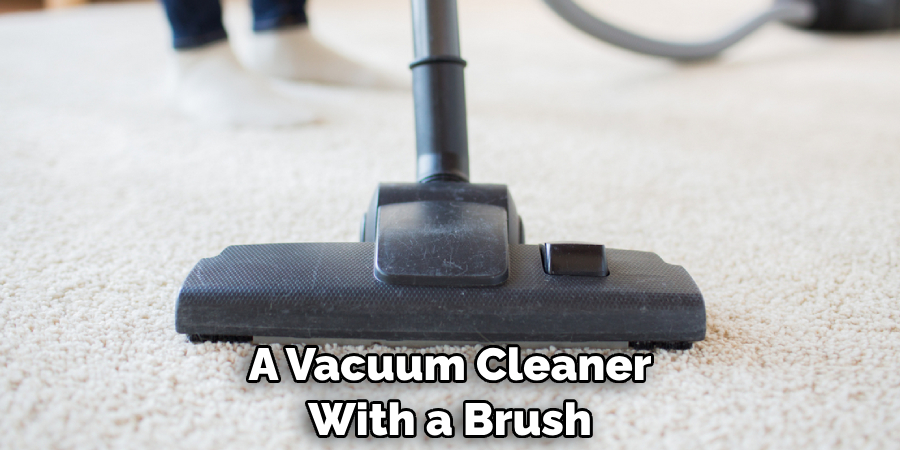
If you find shiny or glass-like particles, this could confirm the presence of fiberglass. Be sure to dispose of these materials properly and clean your vacuum thoroughly after this process. Always use your protective gear to prevent potential health hazards or injuries.
Step 5: Check for Fiberglass Filaments
Another method to check for the presence of fiberglass in your mattress is to look for filaments or strands. Fiberglass comprises multiple fine strands of glass, which may become visible over time or due to wear and tear.
Using your gloves and a pair of tweezers, gently lift a portion of the mattress cover and look closely for any shiny or sparkly strands. Remember, always use protective gear to prevent injury.
Step 6: Consult the Manufacturer
If you are still trying to decide, consider reaching out to the manufacturer. They should be able to provide accurate information about the materials used to produce your mattress. Be specific in your inquiry about the presence of fiberglass or any other potentially harmful substances.
Step 7: Hire a Professional
If all else fails, consider hiring a professional to thoroughly inspect. This can provide additional assurance about the safety and quality of your mattress. However, keep in mind that this option may be costly.
Step 8: Laboratory Testing
If you are still unsure about the presence of fiberglass in your mattress, consider sending a sample for laboratory testing. Remove a small section from an inconspicuous area of the mattress, being careful not directly to touch any possible fiberglass.
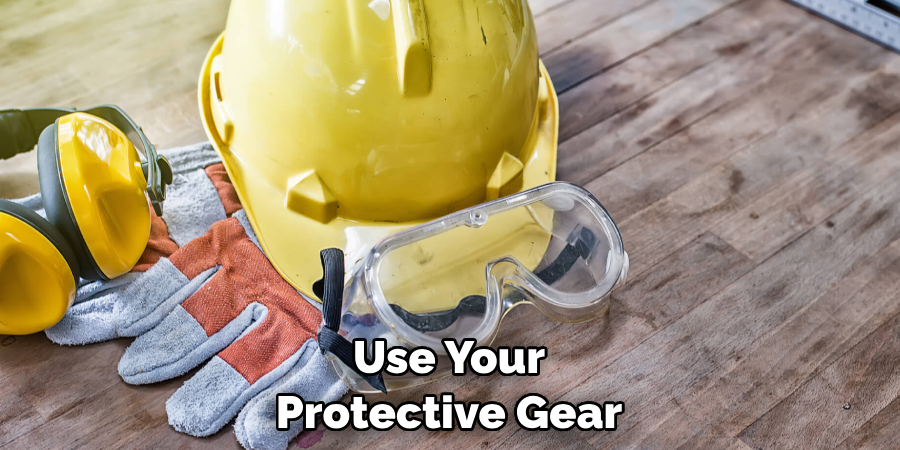
Package the sample carefully and send it to a certified lab specializing in material testing. This can give you a definitive answer to whether your mattress contains fiberglass. Remember, this step should be taken as a last resort as it can be expensive.
Step 9: Consider Replacement
If after following the steps above, you find that your mattress does indeed contain fiberglass, consider replacing it. While fiberglass in mattresses is generally safe when properly contained, any damage or wear and tear can lead to exposure, which can be hazardous to your health.
When shopping for a new mattress, be sure to check the materials used and opt for one without fiberglass if possible. Always ask the manufacturer directly if you need clarification.
Step 10: Dispose of the Fiberglass Mattress Safely
If your mattress does contain fiberglass and you’ve decided to replace it, it’s crucial that you dispose of the old mattress safely. Fiberglass is dangerous to sanitation workers if it’s not handled properly.
Some cities have special procedures for discarding fiberglass products, so check with your local waste management facility. Alternatively, you could hire a professional disposal service to ensure that the fiberglass mattress is discarded safely and in accordance with local regulations.
By following the steps outlined above, you can easily determine whether your mattress contains fiberglass and take the necessary precautions to protect yourself and your family.
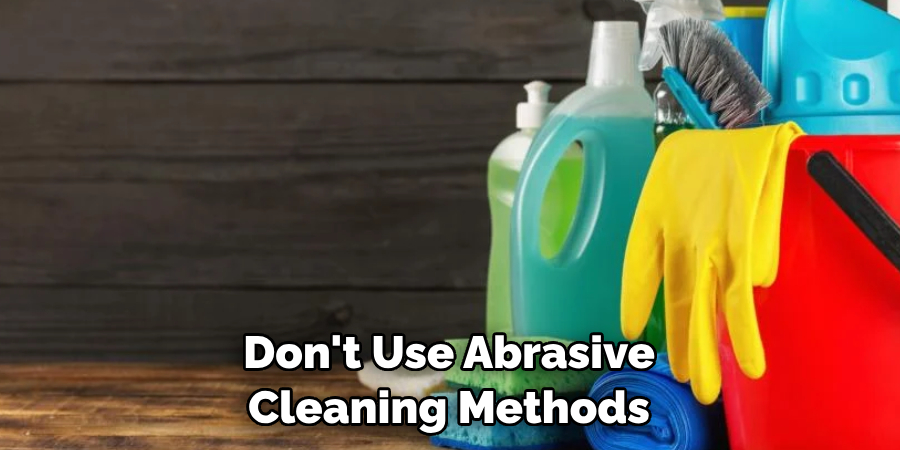
5 Additional Tips and Tricks
- Check the label of your mattress. The same goes for pillows and other similar bedding products – they may also have fiberglass in them. Newer mattresses usually have a tag that says if the product contains fiberglass.
- Visually inspect the mattress for any tiny glass-like particles or plastic fibers. If you’re able to take the mattress apart, check for any pieces of glass or plastic fibers embedded in the padding.
- If your mattress is made with a quilted fabric cover, take it off to inspect the materials under the surface. Fibers can be trapped in the quilting and visible when you turn it over.
- Run a magnet across the surface of the mattress. If you find any metal shards or particles, this could be a sign that the mattress contains fiberglass or another type of synthetic insulation.
- Ensure that any products you purchase for use on or around your bed are certified safe. There is no guarantee that a mattress, pillow, or other product is free of fiberglass unless it’s labeled as such.
With the increasing abundance of synthetic materials in the market, it’s important to make sure any new products you purchase are certified safe.
5 Things You Should Avoid
- Avoid purchasing bedding products that don’t have a label or certification stating that they are free of fiberglass.
- Don’t use abrasive cleaning methods on mattresses, as this could cause tiny shards of fiberglass to be released into the air.
- Avoid touching your mattress with bare skin, especially if you think it may contain fiberglass.
- Do not attempt to remove fiberglass particles yourself – it’s best to contact a professional cleaner for this job.
- Don’t forget to check the labels before purchasing any new bedding products – look for a certification that guarantees it is free of fibers and hazardous materials.
By taking these additional precautions, you can rest assured knowing that you are making an informed decision about your mattress and other bedding products.
What Happens if You Sleep on Fiberglass?
Sleeping on a mattress with fiberglass can cause skin irritation, respiratory issues, and even eye problems. It’s hazardous for people with respiratory conditions such as asthma or allergies.
It is advisable to consult your doctor if you have any concerns about sleeping on a mattress containing fiberglass. The best course of action is to purchase a certified mattress free of hazardous materials such as fiberglass.
https://www.traditionrolex.com/14
Overall, it is important to be aware of the potential dangers of sleeping on a mattress with fiberglass and take the necessary precautions. By following the tips outlined in this article, you can ensure that your bedding is safe and free from any hazardous materials.
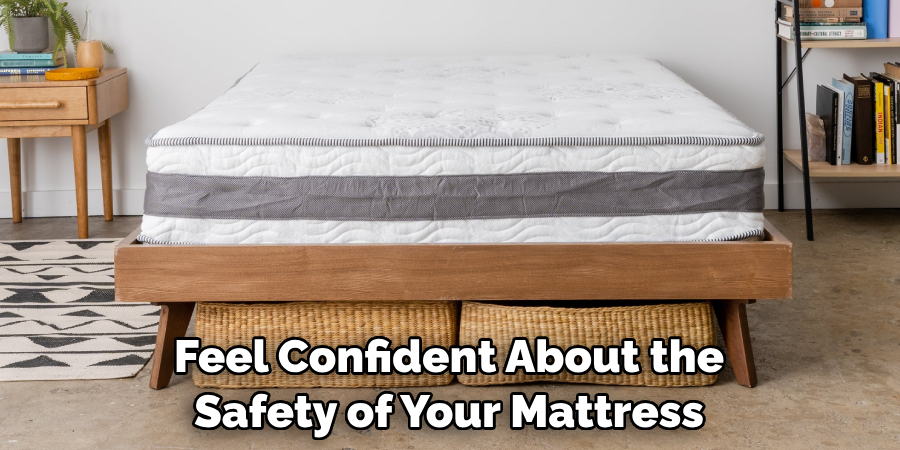
Does Fiberglass Look Like Glitter?
No, fiberglass does not look like glitter. Glitter is a decorative material made of tiny pieces of foil or plastic that refract light and create a sparkly effect. Fiberglass, on the other hand, is a synthetic material made up of wonderful glass strands that can damage your health if inhaled or ingested.
Fiberglass particles are often too small to be seen with the naked eye, making them hard to identify. If you suspect your bedding contains fiberglass, it is best to seek a professional opinion before using it.
Conclusion
All in all, learning how to tell if my mattress has fiberglass is important information to have. In order for you to be sure and feel confident about the safety of your mattress, always go down the preventive route and take the necessary steps outlined above. It’s much better to be safe than sorry! You should also watch for any unusual fibers or fabric from your mattress that may not belong there.
Additionally, if you suspect that your mattress has fiberglass, use a mask when cleaning it because inhaling fiberglass particles can be hazardous. Finally, speaking with someone knowledgeable about mattresses might help you confirm whether your mattress contains fiberglass.
It’s useful and practical information such as this, making preventative action towards protecting your family even more essential – so stay aware and remain informed!

